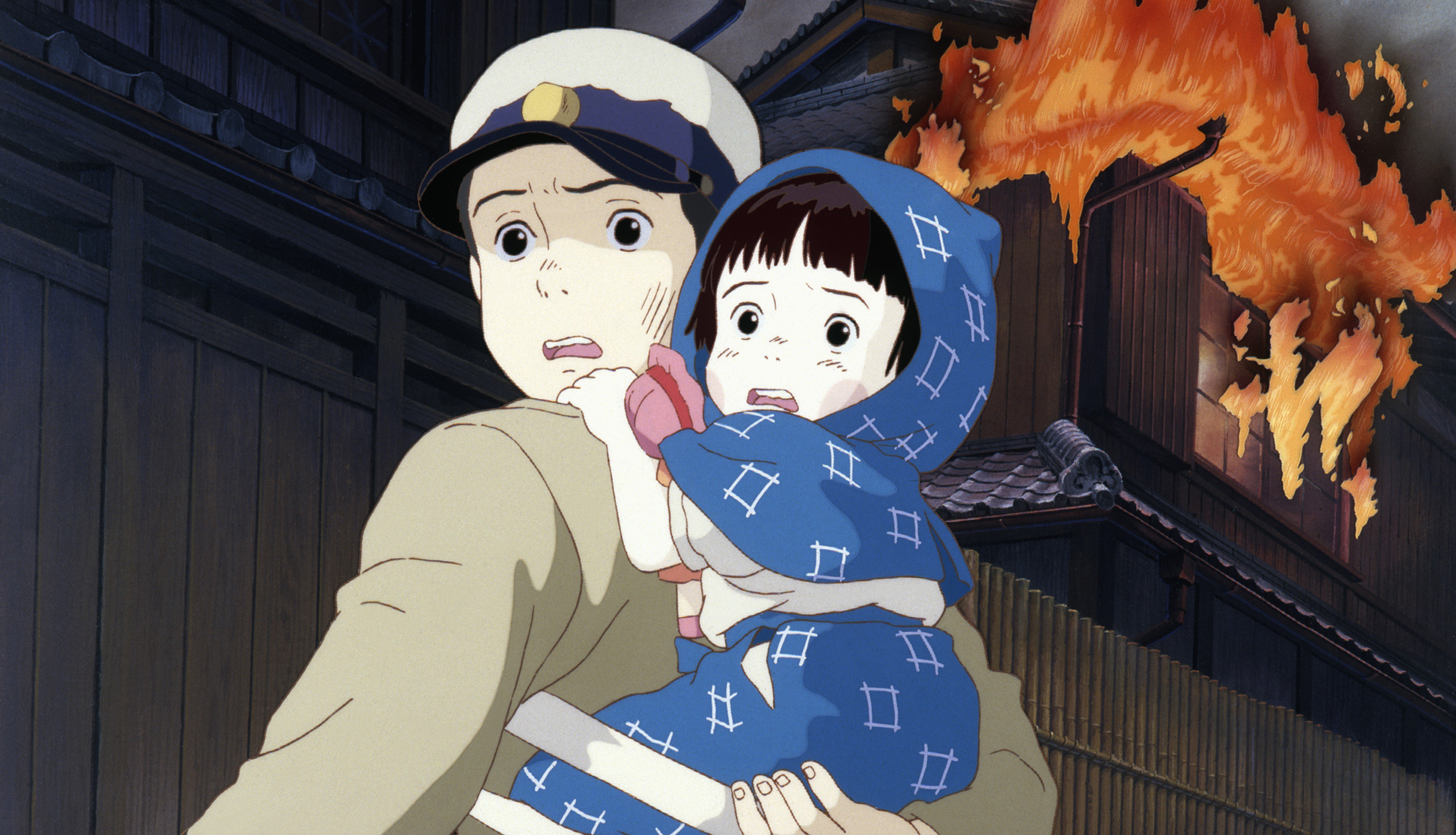Death Star

Anyone who’s read Howard Zinn’s A People’s History of the United States with an open mind knows the score, but we do need to be reminded from time to time, particularly those of us who live inside the affluence bubble. (And please note that my concept of affluence includes a 10-year-old car, no cable, a healthcare strategy that defaults to self-annihilation under certain circumstances, and reliance on free public wi-fi for all internet traffic exceeding 6 gigabytes per month.)
Zinn’s unexpurgated account of our country’s founding and development exposes the line “conceived in liberty and dedicated to the proposition that all men are created equal” as, at best, one of the most darkly ironic ever written. From Columbus’ 15th century slaughter of the natives of Hispaniola to our “Manifest Destiny” death march to the Pacific Ocean to the slave trade to empire building still underway, ours is a country conceived in rapacious brutality and dedicated to the proposition that white, landed, English-speaking, Christian, capitalist men are the only creatures of any real consequence on the planet.
Take our firebombing of Japan during WWII, for example. That’s the setting of Isao Takahata’s 1988 animated feature Grave of the Fireflies, which I saw for the first time last week and which I left feeling angry and ashamed.
While it’s true that Japan’s own rapaciousness invited retaliation, what we did to Nagasaki and Hiroshima also invites a frank discussion of proportionality. It invites us to reflect as well on our subsequent, ever more thinly justified incursions in Korea, Vietnam, Cuba, Iran, Iraq, and on and on, the Hell we’ve rained down on countless millions. Over 500 years after the Hispaniola genocide, this tradition continues, overtly and covertly, worldwide, many of us still believing that we do what we do to “bring freedom” to the objects of our affection, when in fact — and this is what occurred to me as I was processing Fireflies in the lobby —we’re nothing more or less than citizens of the Death Star.